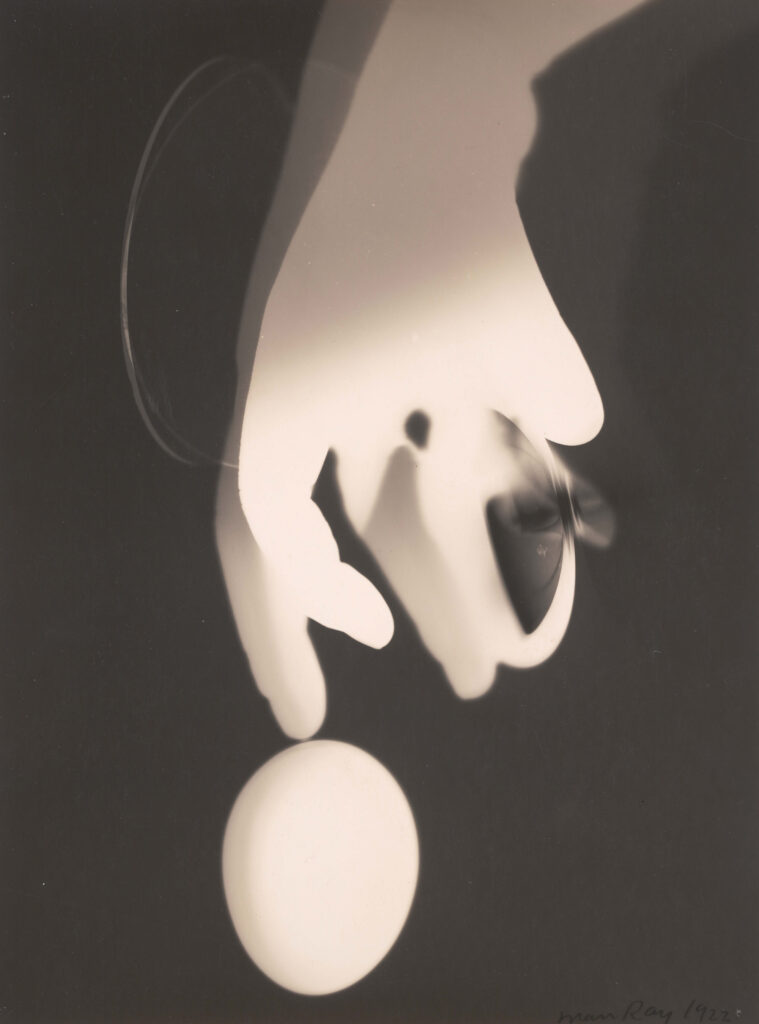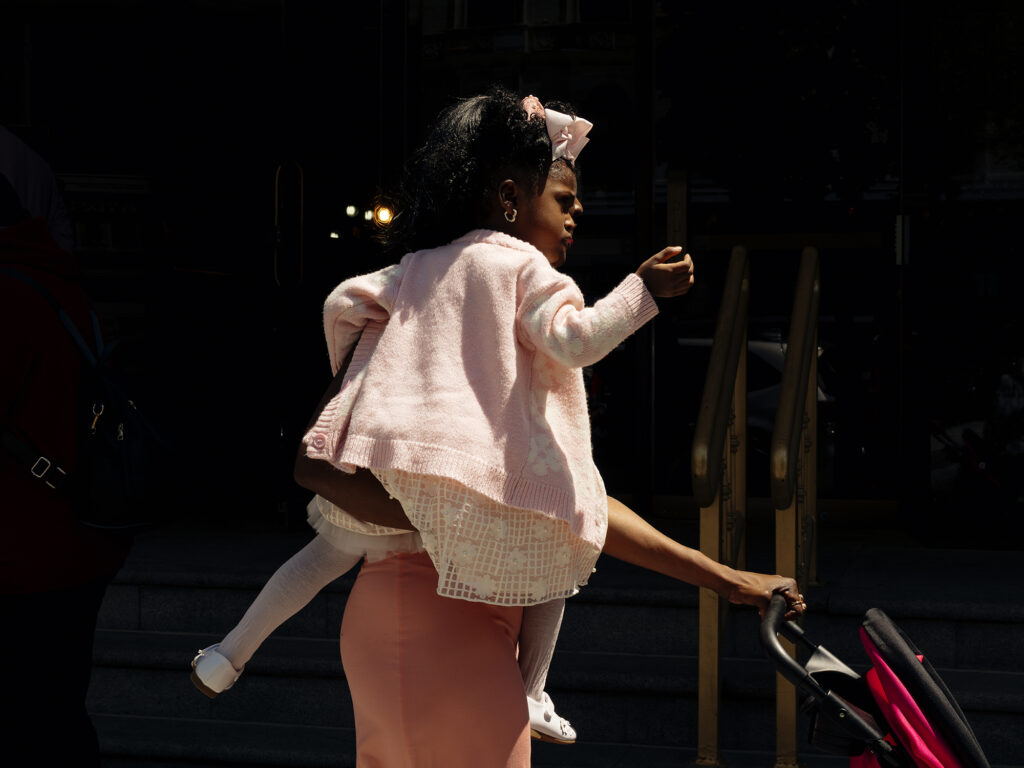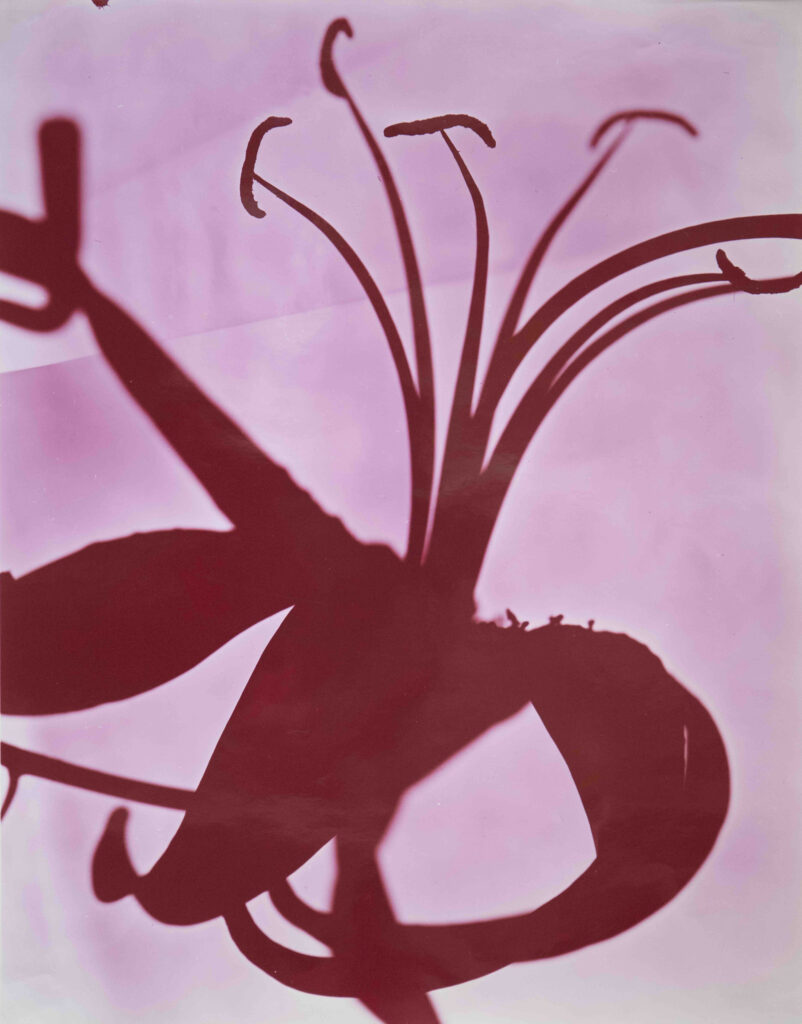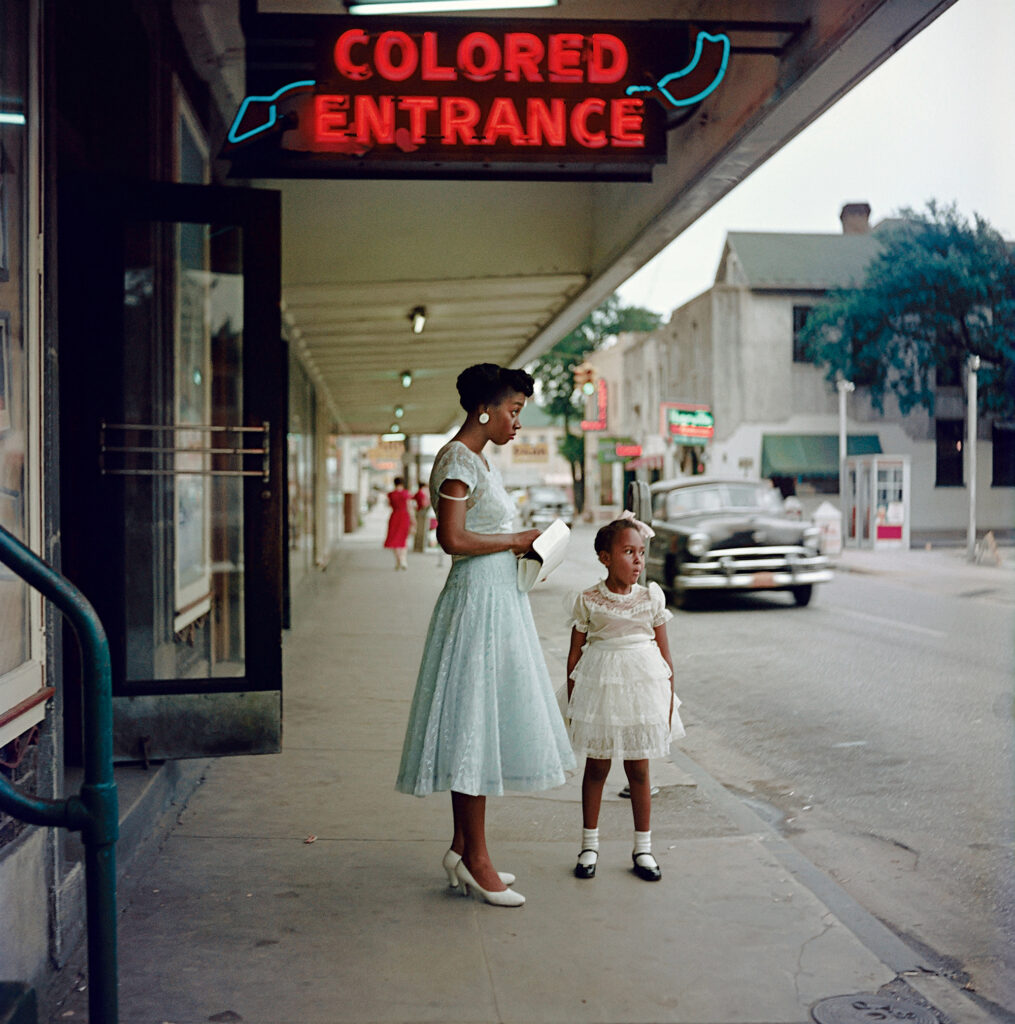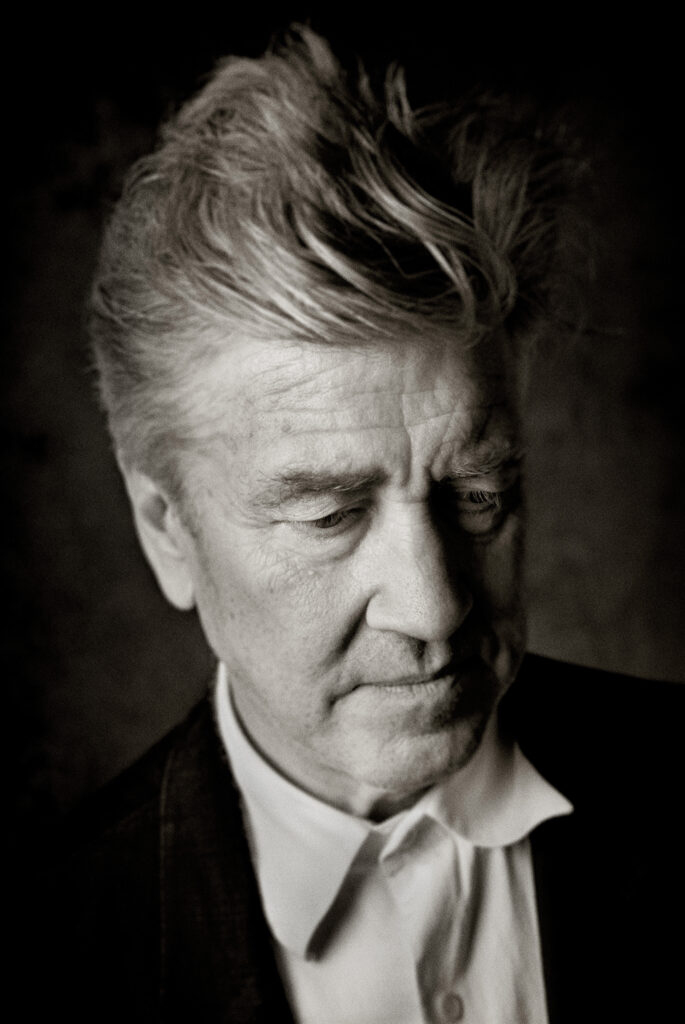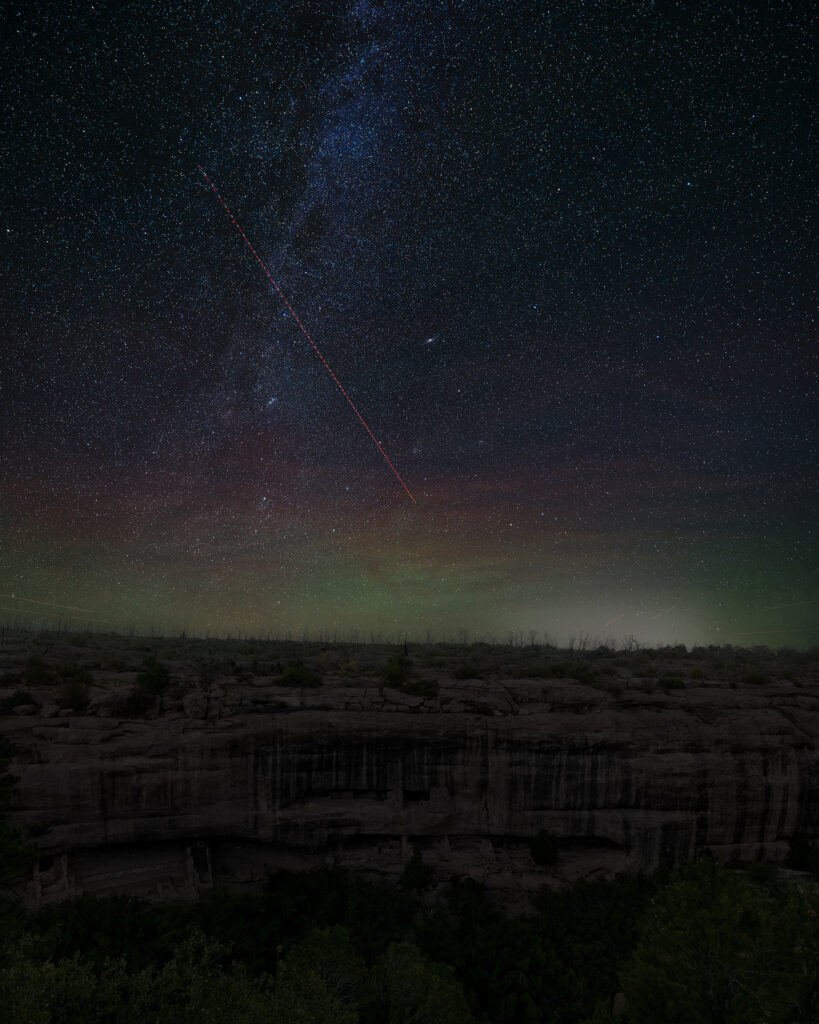
Featured
Gregory Crewdson and Lauren Ambrose on the Making of an Iconic Photograph
Crewdson and Ambrose are among the Berkshires residents who are actively trying to save a local movie house. “This picture feels really fateful,” notes Crewdson. “It's been waiting all these years for the right moment.”
In 2003, Gregory Crewdson visited the set of Six Feet Under to shoot a campaign for the acclaimed HBO series depicting a family-run funeral home. There, he met Lauren Ambrose, who was starring in the show. Crewdson made a photograph of Ambrose in his signature cinematic style, a photograph that has never before been seen, released, or published—until now.
For one week only, Aperture will host a Gregory Crewdson special edition print sale of Untitled, Unreleased #4 (2003) to benefit the Triplex, an independent movie theater in Great Barrington, Massachusetts. Like many independent movie theaters across the country, the Triplex faces an uncertain future. When news of its possible closing spread, a group of people living in or with ties to the Berkshires quickly came together and started a non-profit to buy the theater.
The Triplex is currently the only full-time working movie theater in Great Barrington, or for forty-five minutes in any direction. But its legacy looms larger than that. For Crewdson and many others, the theater is associated with the late legendary film critic Pauline Kael, who lived in Great Barrington. Kael was a family friend of Crewdson’s, and he used to see movies there with her, especially in her later years. Many other local artists, writers, and filmmakers have their own anecdotes about Kael frequenting the theater, and there are even discussions about renaming it after her. A young Wes Anderson famously screened Rushmore there for her, and then wrote about the experience in the New York Times.
Crewdson and Ambrose are among the local residents who are actively trying to save the theater. Crewdson recently came across the Ambrose picture in his archives, and was struck by its beauty and magical quality, and what a time capsule it had become. He decided to use it to benefit the cause. The picture was made when Crewdson was embarking on the body of work that would ultimately be made across eight productions, shot on an 8 x 10 camera with his full cinematic lighting team and a production crew of over a hundred people. Beneath the Roses remains his most elaborate and lengthy undertaking to date. Here, Crewdson and Ambrose speak about the intergenerational experience of movie theaters, art in the Berkshires, and the making of an iconic image.
Lauren Ambrose: I’m interested in how you came to be a part of Save the Triplex. My husband Sam [Handel] is working very closely on this project. And we immediately got involved when we heard what was going on, because basically, it makes immediate sense why the Triplex needs to be owned by the community in a nonprofit format.
Gregory Crewdson: Absolutely, I mean, I grew up in Brooklyn, but my family started coming to Becket when I was young and eventually built a small log cabin there. We were very isolated in the woods, and one of my central experiences from childhood was going to movies in Great Barrington or Pittsfield. And that continued ’til I grew older. And I’m not sure if you’re aware that my family was very close with Pauline Kael, the film critic. My mother was and still is very close to Gina, her daughter. And when Pauline was starting to get older, I actually would go to movies with her in Great Barrington; and so, I have so many deep connections with this place and movies, you know, in my mind. And not just with this movie theater, but with the kind of ritual of going to a movie with my family, driving down our hill in the woods, and coming into town for a special event. So for me, a lot of wanting to be a part of this and supporting the Triplex is tied up in these deep memories of the Berkshires.
Ambrose: Yeah, and not wanting to lose that, for myself, but certainly also for my children. I mean, I grew up in New Haven, but going to the movies, you know, going to a small independent movie theater—for me it was the York Square Cinema in New Haven, which of course has since closed.
Crewdson: Oh, that’s crazy. I used to go there a lot too. I saw Blue Velvet at that theater for the first time.
Ambrose: For me, it was going to the new releases, going to the less mainstream or foreign films that opened up a whole world of storytelling. They would have revivals, and they’d have the midnight showings of Rocky Horror on Saturday night; stuff that was tied into the community, stuff that was tied into Yale, and I know that’s very much the dream for what the Triplex can be. I was attracted to living in this area because of Tanglewood, and studying there when I was a teenager. I feel like the town having a good movie theater was another reason to move here and raise children because, you know, going to movies, like you said, the event of it is just so special.
Crewdson: It’s a very different experience than any other form. That kind of collective thing of going to a place, leaving the world, and having an experience that’s kind of a collective dream in a way.
Ambrose: It is truly an intergenerational meeting place, the movie theater. And it’s democratic. Everyone can buy a movie ticket and have access to stories. And it feels like social infrastructure. And frankly, an antidote to loneliness. To be able to share emotions and laughter and tears and all the things that the movies transport us to, as a group. And, in a place like the Triplex, with some space for discussion and debate. I mean, what a special thing that you were probably introduced to with Pauline. What a lucky thing to have had a companion that could ask you questions about film; it must have really opened your mind.
Crewdson: Yes, I mean, definitely; I think Pauline was like a central figure in my life in terms of my relationship to movies and maybe even one of the reasons I wound up moving here.

Courtesy Crewdson Studio
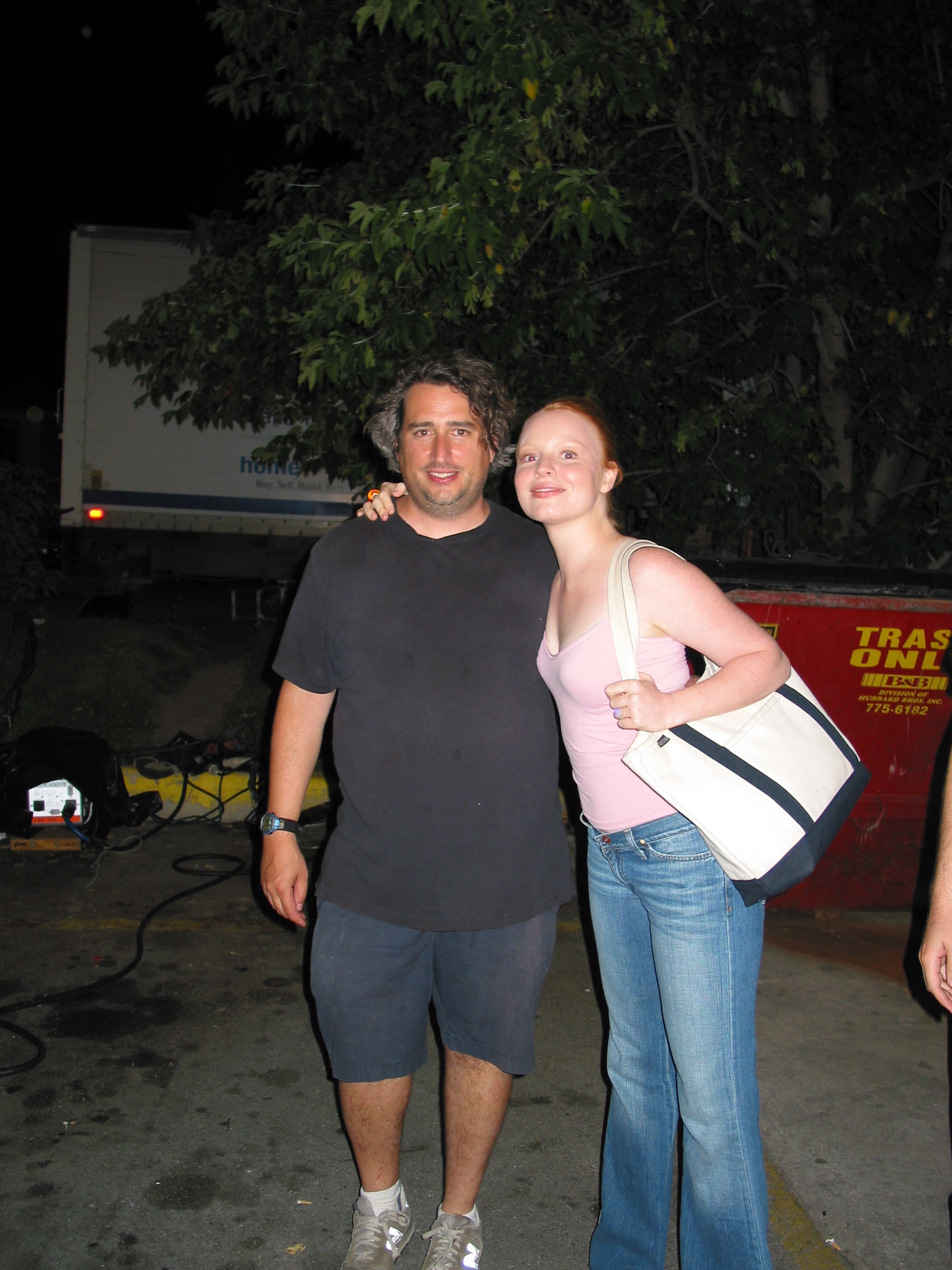
Courtesy Crewdson Studio
Ambrose: It’s striking that this community, including you with this generous donation, is coming together to continue this legacy and to continue to have this experience. It’s actually pretty inspiring, the outpouring of hope and support.
Crewdson: This picture feels really fateful. It’s been waiting all these years for the right moment. I should say that Juliane and I were trying to piece together the chronology of the making of this picture. So, you and I first met on the set of Six Feet Under when I did the picture—
Ambrose: Yeah! And I couldn’t believe it because there were all of these people from the Berkshires all of a sudden on our set in LA.
Crewdson: I know, I know [laughs].
Ambrose: You were shooting that amazing poster for what I think was our third season.
Crewdson: To this day, by the way, it’s the only thing I ever did like that, ever, and it was because I was such a huge fan of the show.
This picture feels really fateful. It’s been waiting all these years for the right moment.
Ambrose: We were so excited.
Crewdson: And I was mentioned on the show, right? Which I had no idea about. That was previous to shooting the campaign. I was just watching the show on TV like everybody else and I was like, Did they just say my name?
Ambrose: Yes, and it was either me or a character that I was in a scene with that mentioned you. Because my character was a photography student at an art school—or she became that. And there was an opportunity to mention you. I just remember all of us: me, Peter Krause, Michael Hall, and Rachel Griffiths were watching you guys bring in metric tons of soil and flowers and we were like, What is happening right now?! [laughs]. It was so exciting.
Crewdson: It was around that same time I was just beginning Beneath the Roses, and then we connected up in Great Barrington because you had moved there, right?
Ambrose: Yeah! Yeah.
Crewdson: And I asked you to be in a picture. And my original conception for it—I don’t know if you remember, but there were all these local teenagers in the picture. And I always loved the picture but there were so many distractions. And I felt that I messed up the picture.

Gregory Crewdson, Untitled, Unreleased #4, 2003
Ambrose: And there were going to be moths or something, in the light . . .
Crewdson: Yes.
Ambrose: And it felt like some version of a dental X-ray where I had to hold incredibly still during the super-long exposures.
Crewdson: [Laughs] Yes, yes, oh God.
Ambrose: Also amazing to me that your crew is comprised of so many people in the Berkshires, so, it was this “community art project” at the time, and now it’s supporting this community art project. Also so fitting of course is that your work is so incredibly cinematic, and shooting that photo, for me, other than the dental exam part of it, was also just like being on a film set, because of the scale of your operation, which was like a Spielberg set or something, where it’s lit down the entire street. And there’s a DP and a camera operator and grips and electrics and all the same equipment and all the same lingo and all of the same process, basically, but only for one still image. It’s very touching to me that all these years later the picture is now in service of a cinema.
Crewdson: Everything has its time, you know? So the strange thing is, I felt like I just—independent of all this—I had gone back to that picture a few months ago, strangely, and I was like, This is such a beautiful picture, but it has to be more isolated, it has to be quieter. So I pieced back the picture together, as we do, with different composites, and focuses, and removed all of the other figures, and I was like, my God, is that so beautiful? And it also captures a moment twenty years ago. Twenty years ago.
Ambrose: And I can’t quite look at it, like fully look at, and I have to, like, partially look at it, because I’m in it [laughs]. No, really, it is very beautiful and striking what you guys have done with it. It’s very beautiful.
Crewdson: So, weirdly, when we started becoming involved with the Triplex, and I was actually at Yale, swimming at the pool, and I just thought of it. I was like, oh my God, there’s this picture we’ve been working on, and you happen to be in it, and we both live in the Berkshires, and Sam had contacted us, and I was like, this has to be it. It was fate. I couldn’t be happier and I am a firm believer in timing and fate. It feels like there’s a reason that this is the moment to bring this picture out into the world.
Ambrose: Yeah, I’m thrilled about it.
Crewdson: Can you believe it’s been twenty years since we made that picture?
Ambrose: No. It’s proof time is relative [laughs].
Crewdson: But time moves on. And so many great things happen in life in the meantime.
Gregory Crewdson’s Untitled, Unreleased #4, 2003, a digital pigment print, 8.2 x 12.7. in. (image) 11 x 14 in. (sheet), will be signed by the artist. The special edition will be available through June 9 for $250, or paired with a subscription to Aperture magazine for $310.


